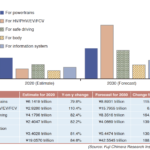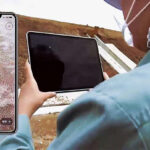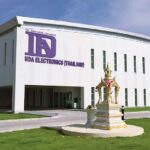ASIA ELECTRONICS INDUSTRYYOUR WINDOW TO SMART MANUFACTURING
Nihon Superior Expands Solders with Low Melting Points
Nihon Superior Co., Ltd. expands its product lineup of solder pastes exclusively for formic acid reduction reflow. This new endeavor targets the power devices field and solder products with low melting points. These solders reduce damage on printed circuit boards (PCBs) and mounted devices.
Products at JPCA Show
Nihon Superior showcased an extensive line of solder products at JPCA Show (JISSO Kanren Show) last October.
The company highlighted the SN100C P900 D2 solder paste exclusively for formic acid reduction reflow. It also showcased the shock-resistant TempSave B37 lead-free solder with low melting point. The company also displayed the SN100C (033) general-purpose lead-free flux cored solder; SN100C (032K) laser-compatible flux cored solder; NozzleSave S, which suppresses wear of nozzle; LF-C2 lead-free solder paste with high resistance to cracking; and Alconano Ag pastes.At the show, Tetsuro Nishimura, President and Chief Executive Officer revealed its plans for solder business. “We intend to bolster and expand solder pastes exclusively for formic acid reduction reflow, and lead-free solders with low melting points in the coming years.”
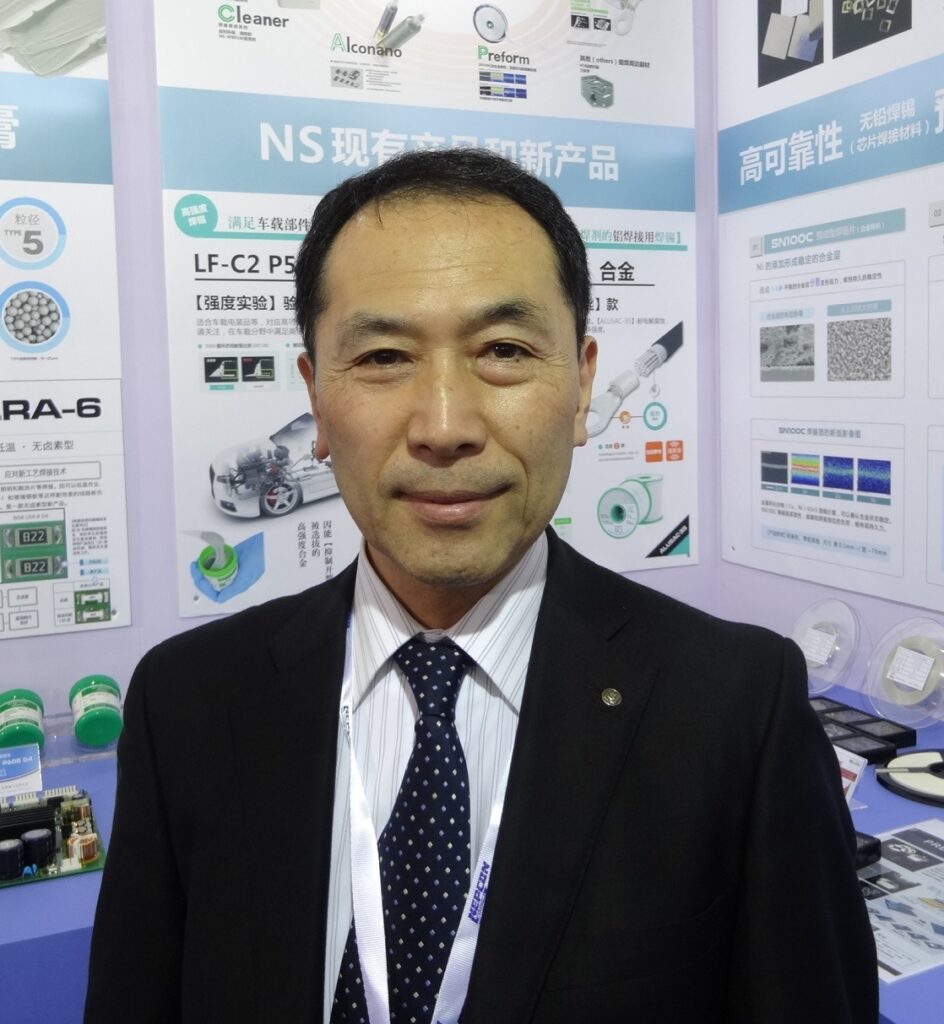
Targets Formic Acid Reduction Reflow
The solder paste specialized for formic acid reduction reflow features low void property that satisfies mounting requirement for power devices. It also achieved ultralow residue with no flux residue left after mounting. Lead-free solders with low melting points suppress warpage of PCBs. They reduce stress to components, leading to reflow with low power consumption.
“We would like to start offering these products on full scale at Internepcon to be held in January 2022,” said Nishimura.
In power devices, soldering using formic acid reduction reflow method, which suppresses the generation of voids, has been expanding. They are expanding on the ground that “voids that remain at the joining part reduce thermal conductivity.”
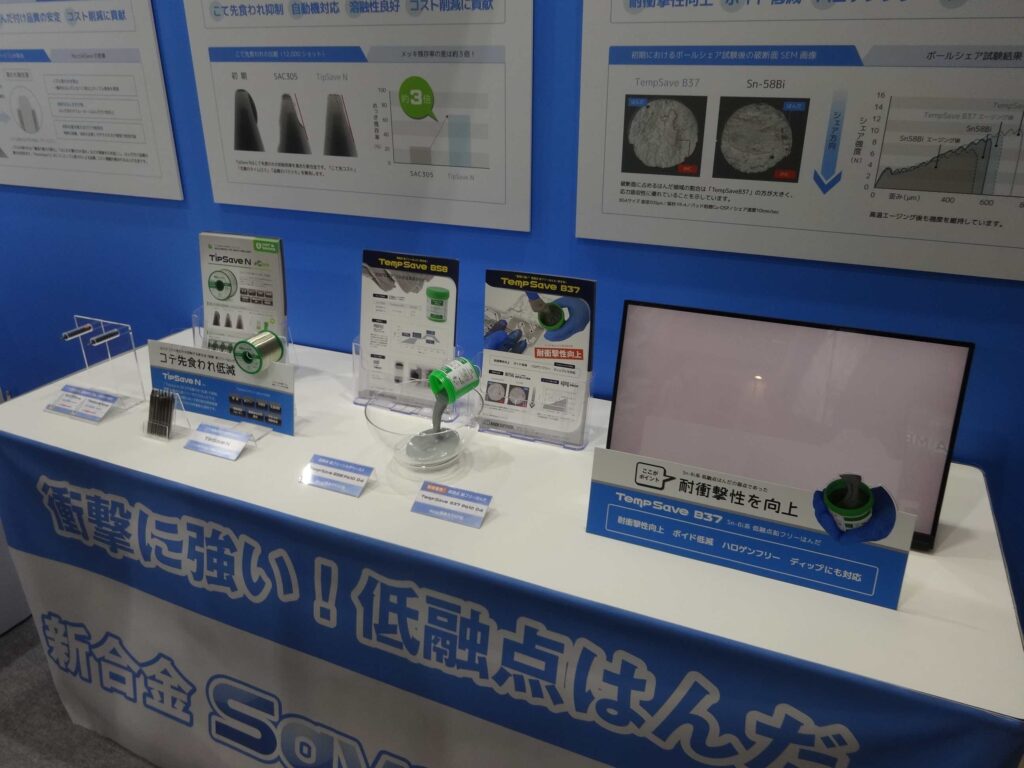
SN100C P900 D2 solder paste
Nihon Superior has released the SN100C P900 D2 solder paste exclusively for formic acid reduction reflow. It has achieved low void property, which satisfies requirement for mounting power devices, and ultralow residue property with no residue left after mounting.
As the solder paste does not leave residue, it does not require cleaning process.
TempSave B37 and B58 lead-free solders
Electronic products become smaller and thinner with higher performance. Amid this trend, cases where components with low heat-resistant temperatures are mounted are increasing. Under these circumstances, Nihon Superior focused attention on solders with low melting points of 200℃ and lower. The company has commercialized TempSave B37 and B58 lead-free solders with low melting points.
They have improved impact resistance, which was a weak point of tin (Sn)-bismuth (Bi)-based solders with low melting points, while enabling low temperature mounting.
SN100C (033) , SN100C (032K) general-purpose solders
Also, the SN100C (033) general-purpose lead-free flux-cored solder wire features reduced flux spattering and improved wettability. The SN100C (032K) laser-compatible flux-cored solder provides fast melting and good wettability. Also, it significantly suppresses flux spattering that causes defects at the solder joints. It is best suited for mounting sensors and camera modules.
LF-C2 lead-free solder paste
The LF-C2 lead-free solder paste with high resistance to cracking features alloy characteristics with excellent thermal cycle resistance. This resulted from optimization of the strength balance. It suppresses the development of damage and cracks to the joint interface portions and components.
NozzleSave S solder alloy
The NozzleSave S solder alloy solves the quality issue caused by the wear of nozzle during selective soldering, as well as saves costs.
Business Environment
Nishimura shared the present business environment and the company’s performance. “We experienced challenging situations in the first half of last year amid the novel coronavirus (COVID-19) pandemic. However, situations almost recovered around September following the recovery of China. Since the beginning of this year, demand for solders has increased.”
“Our company has many customers related to home electric appliances. As stay-at-home has become a new normal, sales of refrigerators and air conditioners increased, leading to our company’s sales. However, prices of raw materials have soared, wielding significant effects on our business,” he concluded.

